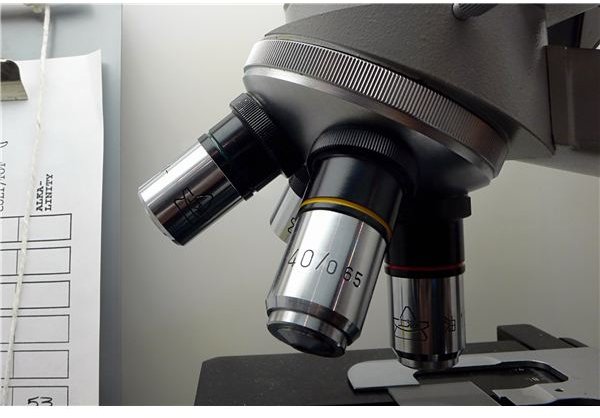Preschool Experiments with Everday Objects
Preschool experiments teach children about the world around them and create excitement to learn new things. Science doesn’t have to be boring. Quite the opposite, science experiments can awe, amaze, and shock children into learnin
g about the world and life we know. There are many different activities teachers and parents can show their children, which allow them to actively participate in the preschool experiments.
Power of the Sun Experiment
Some preschool experiments focus around space and the solar system. Learning about the power of the sun, however, is an important lesson for children. Ultraviolet rays are extremely powerful, and learning about them not only increases science knowledge, it also serves as sun safety instruction. This experiment uses a full sheet of construction paper. Place the construction paper color of your choice on a cookie sheet. Then, have the preschoolers look for small objects to place on the paper. Objects with interesting shapes work well. For example, keys and scissors work nicely. Then, lay the objects on the construction paper and set them right by the window. Let the cookie sheet and objects stay untouched for about a week. Ask the children what they think will happen. Let them come up with guesses and on the last day, remove the objects and see how the sun bleached out the construction paper where the objects didn’t cover. This serves as a good lesson to protect the skin with sunscreen.
Chemical Reaction Experiments
Many different activities help children understand chemical reactions, but the volcano activity beats all other preschool experiments. First, find a small jar or container. A yogurt container or a baby food jar work perfectly. Place the jar in a baking pan with raised sides. Then, find some modeling clay and have the students build a hill or mountain around the container so that the container looks like a volcano with a hole in the center. Place one tablespoon of baking soda and one drop of red food coloring into the container. Then, once the children finish their volcano creation, add vinegar and watch the eruption. This shows children that when some elements combine, a chemical reaction takes place.
Wiggly Egg Experiment
Learning about physical properties of objects is one of the first concepts of science. Some preschool experiments show students how physical properties change when combined with other substances. One fun way to show this is with an egg and vinegar. You can use raw eggs, but hardboiled work better with preschoolers just in case someone drops one. Have the children feel the egg and describe the texture of the shell. Then, put the egg into a cup and fill up the cup with vinegar, enough to cover the egg. Leave it in there overnight and remove it the next day. Have the students pass around the egg now. It turns wiggly and squishy and no longer has a hard shell. The vinegar has a chemical reaction with the elements on the shell and the egg changes it’s physical properties.
Peaking a child’s interest in science at an early age promotes a lifetime love for learning. Making learning exciting with volcano, sun bleaching, and egg preschool experiments makes lessons fun for children and adults alike.
